Designing a logo is a critical step in establishing a brand’s identity. A well-crafted logo can leave a lasting impression and effectively communicate a brand’s message. Here are 12 factors to consider when designing a new logo:
1. Brand Identity and Message
- Consideration: The logo should reflect the brand’s core values, mission, and personality. It needs to convey the right message to the target audience.
- Example: A tech company might choose a sleek, modern design, while a children’s brand might opt for something playful and colorful.
2. Simplicity
- Consideration: A simple logo is easier to recognize, remember, and reproduce. Overly complex logos can be confusing and hard to scale.
- Example: Think of iconic logos like Nike’s swoosh or Apple’s apple—both are simple yet instantly recognizable.
3. Versatility
- Consideration: The logo should look good in different sizes and on various mediums, from business cards to billboards.
- Example: Test the logo in black and white, color, small sizes, and different backgrounds to ensure it remains effective and legible.
4. Color Psychology
- Consideration: Colors evoke emotions and convey messages. Choose colors that align with the brand’s identity and the emotions you want to evoke.
- Example: Blue often represents trust and professionalism, making it popular in finance and healthcare, while red can evoke excitement and urgency.
5. Typography
- Consideration: The font used in the logo should complement the brand’s tone and message. The typography should be legible and appropriate for the brand’s industry.
- Example: A luxury brand might use a serif font for elegance, while a tech startup might prefer a clean, sans-serif font.
6. Uniqueness
- Consideration: The logo should stand out from competitors and be easily distinguishable. Avoid clichés and overly used design elements.
- Example: Conduct a competitive analysis to ensure your logo is distinct and does not resemble other brands in your industry.
7. Scalability
- Consideration: The logo should maintain its integrity and impact when resized. It should be effective on both a large billboard and a small mobile screen.
- Example: Use vector graphics for the logo design to ensure it scales without losing quality.
8. Timelessness
- Consideration: Aim for a design that will remain relevant for years to come. Avoid trends that might quickly become outdated.
- Example: Logos like Coca-Cola and Mercedes-Benz have remained largely unchanged for decades, proving their timeless appeal.
9. Target Audience
- Consideration: The logo should resonate with the brand’s target demographic. Understanding the audience’s preferences and expectations is key.
- Example: A logo for a luxury brand targeting high-end consumers will differ significantly from one targeting a youthful, casual market.
10. Cultural Sensitivity
- Consideration: Ensure that the logo does not unintentionally offend or alienate any cultural or social groups. Consider the global implications if the brand operates internationally.
- Example: Avoid symbols, colors, or images that may have negative connotations in certain cultures.
11. Memorability
- Consideration: The logo should be memorable and easily recalled by consumers. A distinctive and clear design helps in building brand recognition.
- Example: Logos with a strong visual element, like McDonald’s golden arches, are easier to remember.
12. Feedback and Testing
- Consideration: Before finalizing the logo, gather feedback from stakeholders, potential customers, and design professionals. Testing the logo in different scenarios can reveal potential issues.
- Example: Conduct surveys or focus groups to get feedback on how well the logo communicates the brand’s identity and resonates with the audience.
Conclusion
Designing a logo requires careful consideration of various factors that influence its effectiveness and longevity. By focusing on brand identity, simplicity, versatility, and the other factors mentioned, you can create a logo that not only stands out but also effectively communicates your brand’s message to the world.




